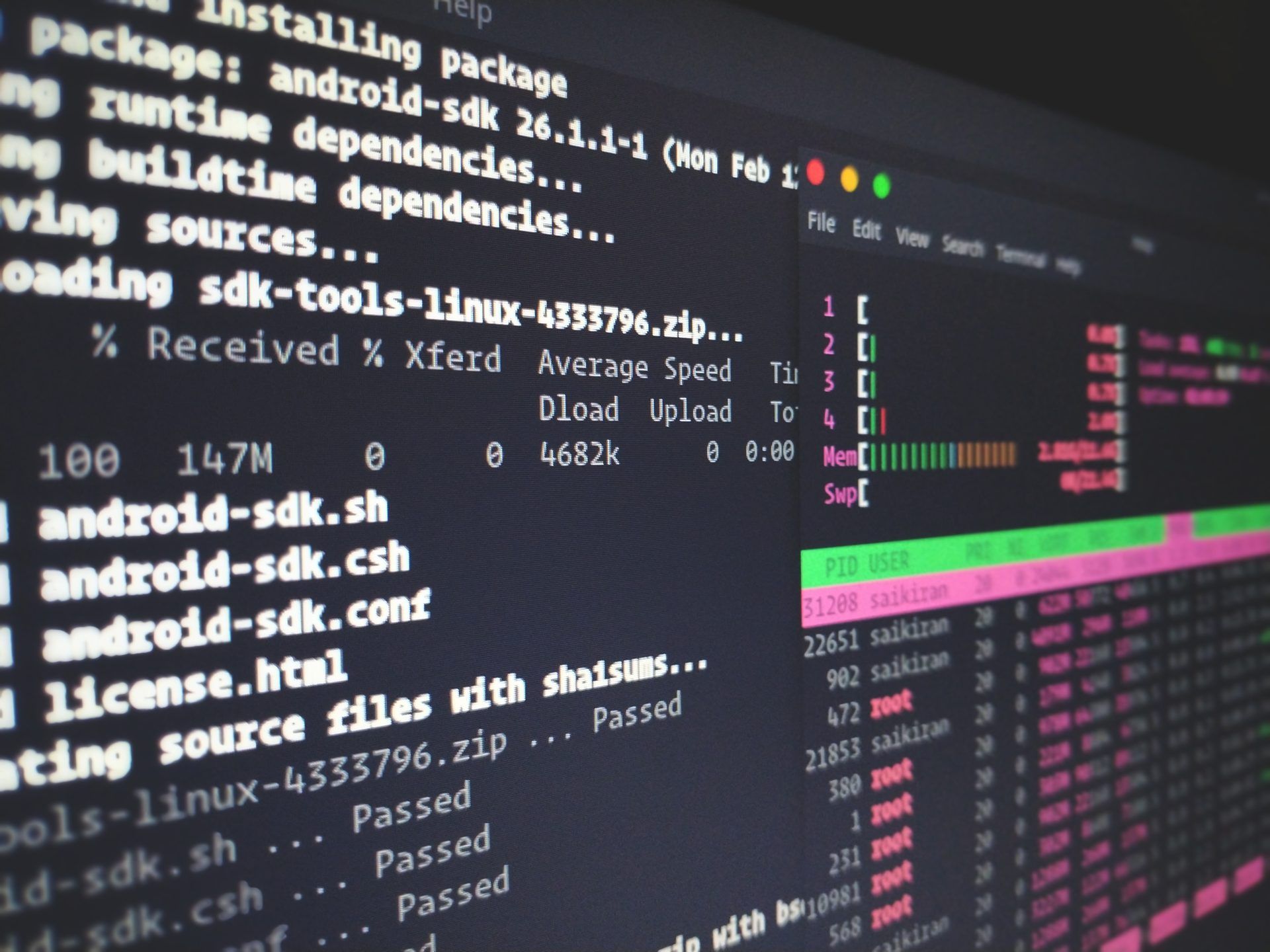Meta shifts PyTorch to the Linux Foundation. Facebook parent company Meta is moving its open source machine learning framework to an external governance model under the control of a new independent board and the supervision of the Linux Foundation.
The change will increase the code’s independence from Meta and offer a bigger voice to other significant partners, such as Google and Amazon. The PyTorch Foundation could democratize access to AI.
PyTorch will be a nonprofit subsidiary of the Linux Foundation
Today, it was disclosed by Meta AI that control of PyTorch, a well-known open-source deep learning platform, has been transferred to a separate entity known as the PyTorch Foundation. Representatives from Nvidia, Meta, Google, Microsoft, Amazon, and AMD are on its governing board, and it will function as a nonprofit subsidiary of the Linux Foundation.

The decision was made as the open source machine learning framework, which powers several computer vision and natural language processing applications, including Tesla Autopilot, has grown in popularity within the deep learning sector.
More than 2,400 contributors and 150,000 projects based on the framework are listed in Meta. By separating PyTorch into its foundation, the conflicts of interest that would arise if PyTorch were only under the authority of Meta, the company that developed the framework, are avoided.
Open cooperation has been crucial to PyTorch’s success since Meta teamed up with the AI community to develop it in 2016.
“At Meta, we will continue to invest in PyTorch and use it as the primary framework for our AI research and production. The transition itself won’t mean any changes to the code, core project or developer operating models.”
Meta
Representatives from AMD, Amazon Web Services, Google Cloud, Meta, Microsoft Azure, and Nvidia will make up the governing council, which is expected to grow over time.
What is PyTorch?
PyTorch is a free and open-source machine learning framework built on the Torch library, largely created by Meta AI, and distributed under the Modified BSD license.
Check out the history of machine learning
The project started in 2016 as a Python translation of the Torch library. It quickly garnered popularity for tensor computation and its tape-based autograd, which uses actions recorded on a tape recorder and then played backward to compute gradients.

The ML framework is used for computer vision and natural language processing applications. It features a C++ interface, even though the Python interface is more refined and the main development focus.
Many deep learning applications like Tesla Autopilot, Uber’s Pyro, Hugging Face’s Transformers, PyTorch Lightning, and Catalyst are good examples built on top of it.
The open source machine learning framework simplifies operations by grouping them into building blocks of code that can be applied to more complicated machine learning applications without continually developing the basics. Most current software programs are composed of layers upon layers of libraries and frameworks, particularly in machine learning.
Check out the real-life examples of machine learning
Democratization of AI?
According to a Monday blog post on Meta’s website, the action aims to democratize access to the newest tools, libraries, and other components to accelerate AI and machine learning progress.
The newly established PyTorch Foundation within the Linux Foundation will now handle the open source machine learning framework’s marketing and commercial operations. However, much of the technical governance will remain the same.
According to Meta CEO Mark Zuckerberg, “the new PyTorch Foundation board will include many of the AI luminaries who’ve helped get the community where it is now, including Meta and our partners at AMD, AWS, Google Cloud, Microsoft Azure, and Nvidia.”

Why Linux?
Open Source Development Labs and the Free Standards Group merged to form the Linux Foundation to standardize Linux, support its expansion, and encourage its commercial use. It is a non-profit technology organization.
Based on the Linux kernel, which Linus Torvalds first released on September 17, 1991, Linux is an open-source Unix-like operating system. The most common way to package Linux is as a distribution. It is commonly seen as secure, developer-friendly, private, and powerful. With Linux, the foundation has been the accepted choice for the independent advancement of this technology

Details
- Microsoft will keep up the ONNX, a neural network environment, and PyTorch integration.
- Nvidia will stay in charge of PyTorch’s GPU-related operations.
- PyTorch is the core framework that Meta uses for its AI research and production applications, and it will continue receiving investment from Meta.





